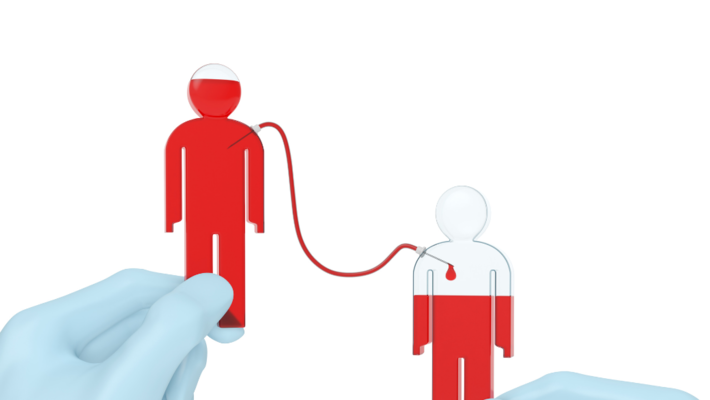How does blood donation help people?
Health News
Donating blood is the best way for the general public to help save lives. Blood and its components are crucial in the treatment of patients who have lost blood due to accidents or have diseases that prevent them from producing blood cells on their own. Each blood donation can be separated into more than three components, which can save more than three lives and be used to produce various blood products for the effective treatment of different diseases.
- Platelets are used to treat patients with low platelet counts, dengue fever, and leukemia.

- Red blood cells are used to treat patients with anemia, thalassemia, and patients who have lost blood due to heart surgery, accidents, or childbirth.

- Plasma is used to treat patients with dehydration, prevent hepatitis B virus, prevent rabies, and is also used to produce three types of blood products: Factor VIII for hemophilia A, Intravenous immunoglobulin (IVIG) for autoimmune diseases, and Albumin for severe burns and liver diseases.

Blood donation is not dangerous for the donor. A person can donate 350-450 milliliters of blood, which represents 10-12% of the total blood volume in the body. After donation, the bone marrow in the body will continuously produce new blood cells. The newly produced red blood cells circulate in the body for approximately 120 days.
Source: Thai Red Cross Society.

Follow Our Social Network


